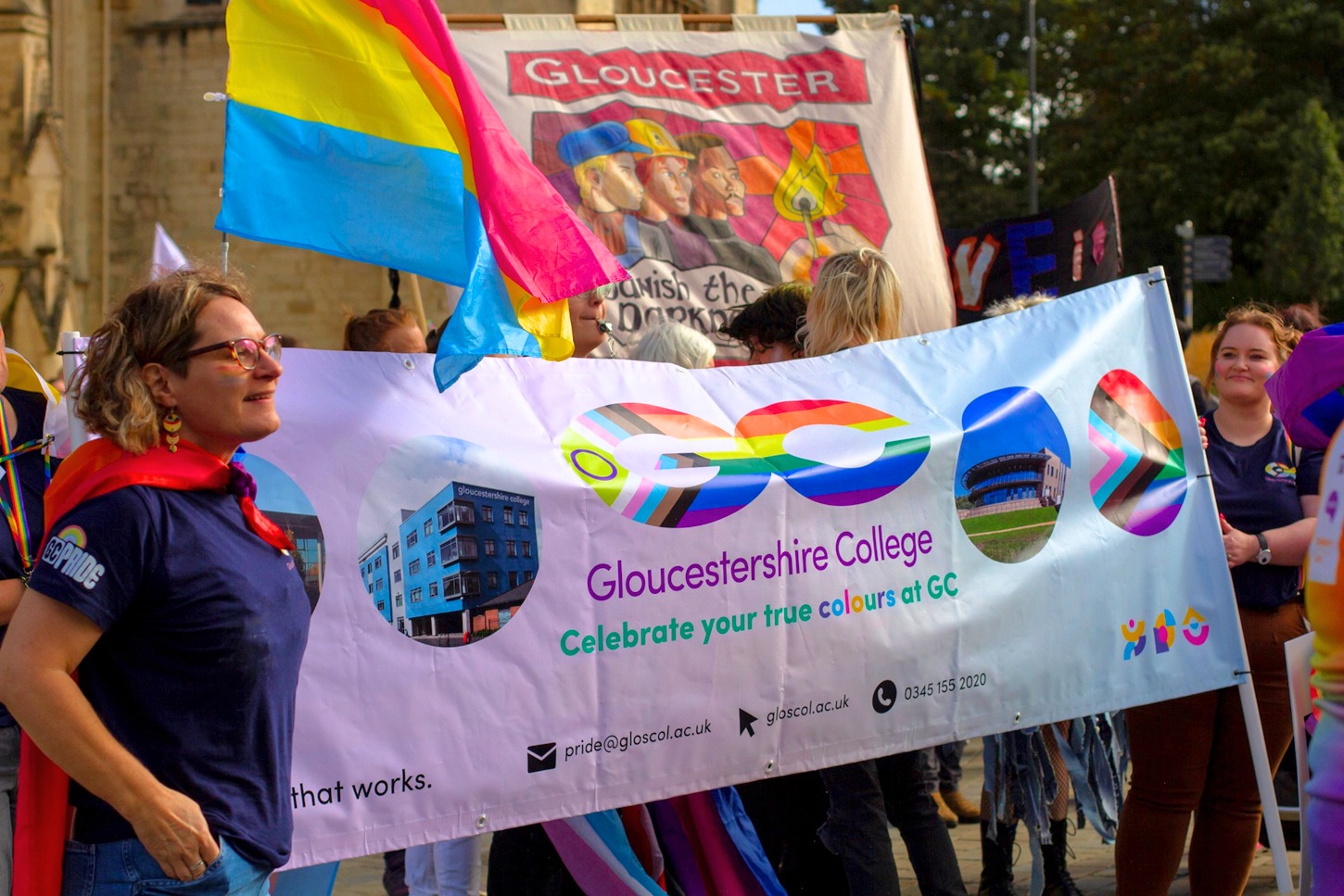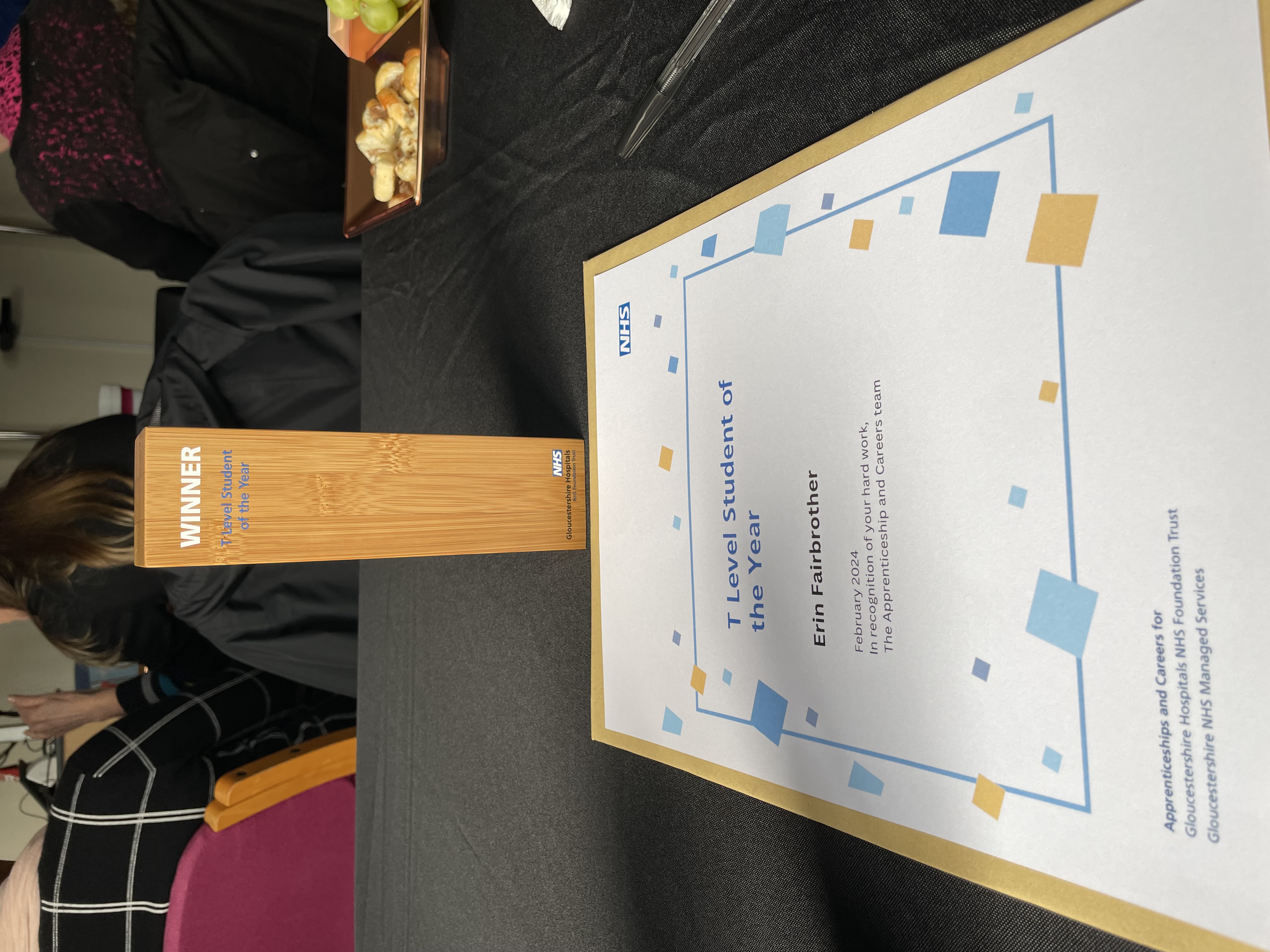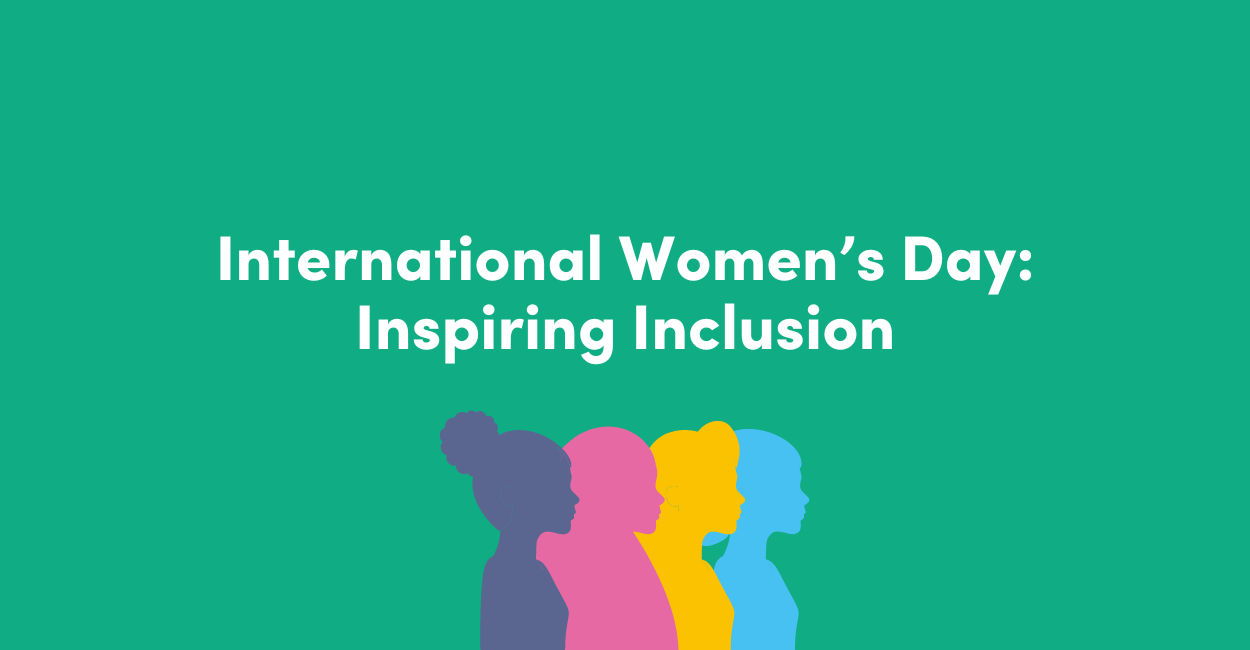1ST JUN 2023
Using someone’s correct pronouns can support mental health and wellbeing


You might have noticed some staff and students have placed their pronouns in the signature of their emails. Are you now wondering what this means, why they’re doing this and why this is important?
What are pronouns?
Some common pronouns we might use for our peers when we reference them are:
She/Her: She woke up feeling hungry and went straight downstairs to eat her breakfast.
They/them: They woke up feeling hungry and went straight downstairs to eat their breakfast.
He/him: He woke up feeling hungry and went straight downstairs to eat his breakfast.
Why do we use pronouns?
The pronouns they/them are known as singular, “they” and “them” has been used for hundreds of years. For example, in ‘The Canterbury Tales’ by Geoffrey Chaucer (1386), “Hamlet” by William Shakespeare (1599) and “Pride and Prejudice” by Jane Austin (1813). More recently, the publisher Merriam-Webster announced the singular “they” pronoun as their Word of the Year in 2019 to reflect the increased searches they had seen in the previous year, and the increase in visibility of people whose pronouns are they/them. For example, you may have seen that singers Sam Smith and Demi Lovato are both referred to using they/them pronouns, and actor Elliot Page with he/him and they/them pronouns. To celebrate other members of the LGBTQ+ community, we have also created a display in our Gloucester campus library.
Generally speaking, we use pronouns such as they/them when we don’t know the gender of someone we are referencing, for example:
“I’ve got an appointment with my new dentist tomorrow but I need to cancel – I should call them later so they can offer the appointment to someone else.
Some people might prefer others to refer to them with they/them pronouns if they don’t feel comfortable being referred to with she/her or he/him pronouns. This might be someone who is non-binary, which is a term used to describe someone’s gender when they fall outside of what is sometimes called the “gender binary” of man or woman.
For some people, they might not relate to feeling like a man or a woman, experience feeling both or have a fluid relationship with their gender. American researchers found that one in five adults in their study knew someone who uses gender-neutral pronouns (Geiger & Graf, 2019), so it’s possible you know at least one person who may prefer pronouns such as they/them.
While you may recognise the way someone expresses their gender to be masculine, feminine or androgynous, you can’t necessarily tell someone’s gender identity or the language that they feel most comfortable with. Any or all pronouns can be used by any gender, so the best way to know is to share your own when you meet someone and offer them the space to share theirs, too. For example:
“Hello, I’m [your name] and my pronouns are [the pronouns you would like others to use for you e.g. he/him, she/her, they/them etc.]. How would you like me to address you or refer to you?”
Why are pronouns important?
Using someone’s correct pronouns is not only polite and basic to human dignity, it can be hugely important to supporting more positive mental health, particularly for transgender and non-binary people. For example, it has been associated with reduced depression and suicide risk (Russell, Pollitt and Grossman, 2018). Using the incorrect name or pronouns for someone may make them struggle more with gender dysphoria. This is when someone experiences discomfort or distress in their body because their gender identity does not align with the gender they were assigned at birth.
Therefore, by using people’s correct name and pronouns, this can support their wellbeing. We should also consider how we use pronouns in general discussion and avoid gendered terms that may be exclusionary. For example, rather than using “he or she”, use gender neutral pronouns such as they/them. Using more inclusive language and using people’s correct pronouns benefits us all, and demonstrates we are welcoming everyone here at Gloucestershire College.
If you refer to someone using the wrong pronoun, you can simply apologise and correct yourself. Try not to draw any additional attention to it, as this could potentially make that person feel uncomfortable.
What can I do now?
One way we can promote inclusivity is to normalise sharing pronouns with each other, which is why we are inviting everyone at the college to add their pronouns to their email signatures.
You may not have experienced people referring to you with incorrect pronouns, so may not feel it is necessary to do this. However, if everyone shares their pronouns, this deconstructs the idea that a person’s outward appearance conforms to gender stereotypes. Therefore, if we normalize everyone sharing pronouns, we release some of that pressure for those who either don’t conform to gender stereotypes or whose identity is not within the gender binary.
If you feel you need more guidance on this or want to learn more, here are some useful resources that might help:
Resources
Examples of pronouns in signatures - https://lgbt.ucsf.edu/signature-samples
List of LGBTQ+ terms - https://www.stonewall.org.uk/help-advice/faqs-and-glossary/list-lgbtq-terms
Mermaids’ Glossary of terms - https://mermaidsuk.org.uk/glossary/
Merriam-Webster Word of the Year 2019 - https://www.merriam-webster.com/words-at-play/word-of-the-year-2019-they/they
News article about recognising non-binary pronouns - https://mermaidsuk.org.uk/news/pronouns-and-prejudice-over-a-third-of-brits-do-not-recognise-non-binary-pronouns/
References
Geiger, A. W., & Graf, N. (2019). About One-in-Five U.S. Adults Know Someone Who Goes by a Gender Neutral Pronoun. Retrieved from https://www.pewresearch.org/fact-tank/2019/09/05/gender-neutral-pronouns/
Russell, S. T., Pollitt, A. M., Li, G., & Grossman, A. H. (2018). Chosen name use is linked to reduced depressive symptoms, suicidal ideation, and suicidal behavior among transgender youth. Journal of Adolescent Health, 63(4), 503-505.
Tavits, M., & Pérez, E. O. (2019). Language influences mass opinion toward gender and LGBT equality. Proceedings of the National Academy of Sciences, 116(34), 16781-16786.












